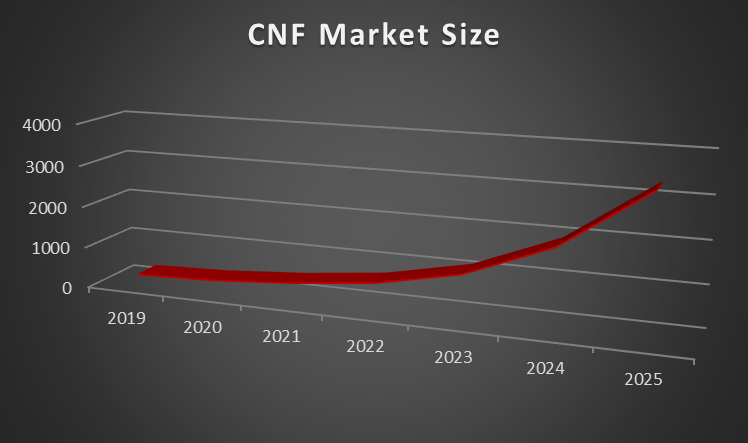Microservices – The wind beneath the CNF wings

In my last post, I discussed the pitfalls of microservices, which power CNFs. In this post, I will present the other side of the story.
We know that microservices dissect individual CNFs into a mesh of interdependent services that can be containerized independently of each other. I would like you to take a moment a relook at the usage of interdependence and independence carefully.
A given CNF is thus a combination of multiple microservices.
Our report “Containers and Telcos: Ready to Tango” chronicles and describes several CNFs.
Metaswitch for example, offers its virtual IMS (vIMS) as combination of multiple microservices such as SIP routing, HSS proxy, distributed timer database, in-memory open-source database, file-based open-source database and open-source configuration distribution service. Individual microservices have independent development and deployment schedules; and are therefore often managed by dedicated teams.
The methodology of microservice development also makes it clear as to why containers are able to leverage CI/CD constructs effectively. The 5G-PPP terms microservices as loosely coupled, but highly cohesive. The cohesiveness helps in quickly establishing connections with other microservices, while the loose coupling allows for independence and autonomy in the development cycles of individual microservices.
Microservices have been instrumental in initiating cloud nativity into telecom device engineering.
Microservices have positive implications for design, troubleshooting and scaling.
On the design front, microservice-based CNFs offer greater granularity into the CNF architecture. Designers are now able to fine-tune parameters at the level of individual processes rather than dealing with entire applications.
Microservices make it possible to design, test, operationalize and manage individual functional strands in a CNF.
Microservices facilitate the pinpoint scaling up of certain segments of the CNF to the required extent, helping in efficiently managing available resources.
Conversely, faulty or problematic microservices can be curtailed or brought down and repaired without obstructing the function of other well-functioning microservices in a CNF.
What is required for telcos and vendors is to keep their eyes open to the performance penalties exerted by microservices and deftly compensate them with the benefits that microservices bring to the table. This exercise requires a clear-headed approach to RoI calculations. The RoI assessment is particularly important for tier 2 and tier 3 telcos as so that they don’t end up wielding the short end of the stick.
All in all, CNFs are not really optional. The next generation of telco operations are bound to demand highly customized products. Telcos will continue to push for greater depth in adaptability and greater control in tunability of their devices. At present, there is nothing really that comes anywhere close to microservices in achieving these objectives.
|
RELATED BLOGS

SDN, NFV and Indian Telcos

The “Big O” in the NFVO… and the MANO

